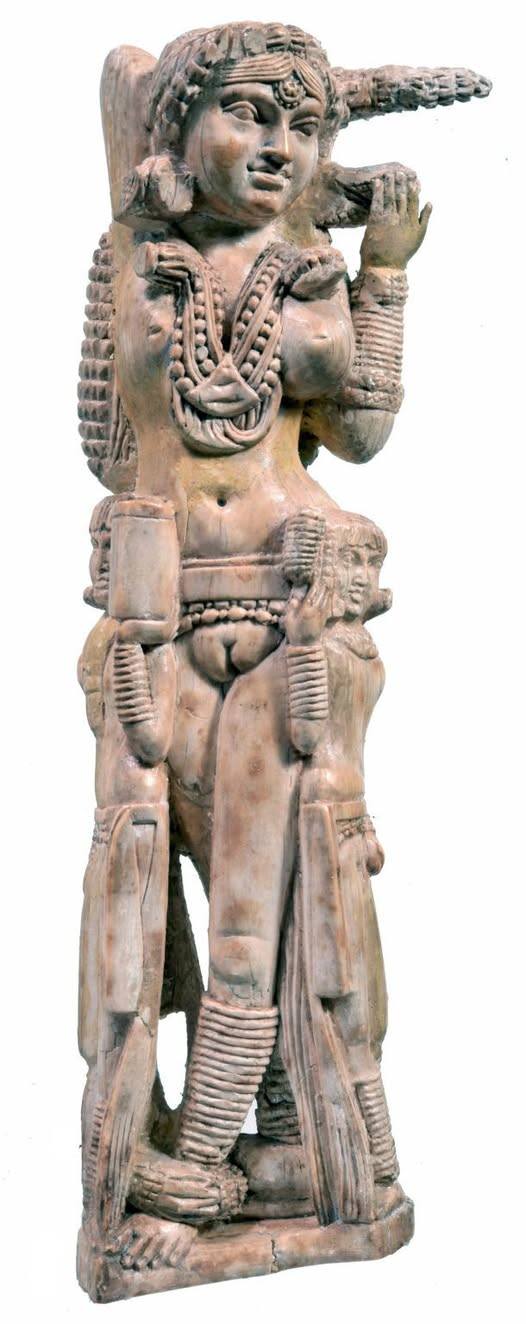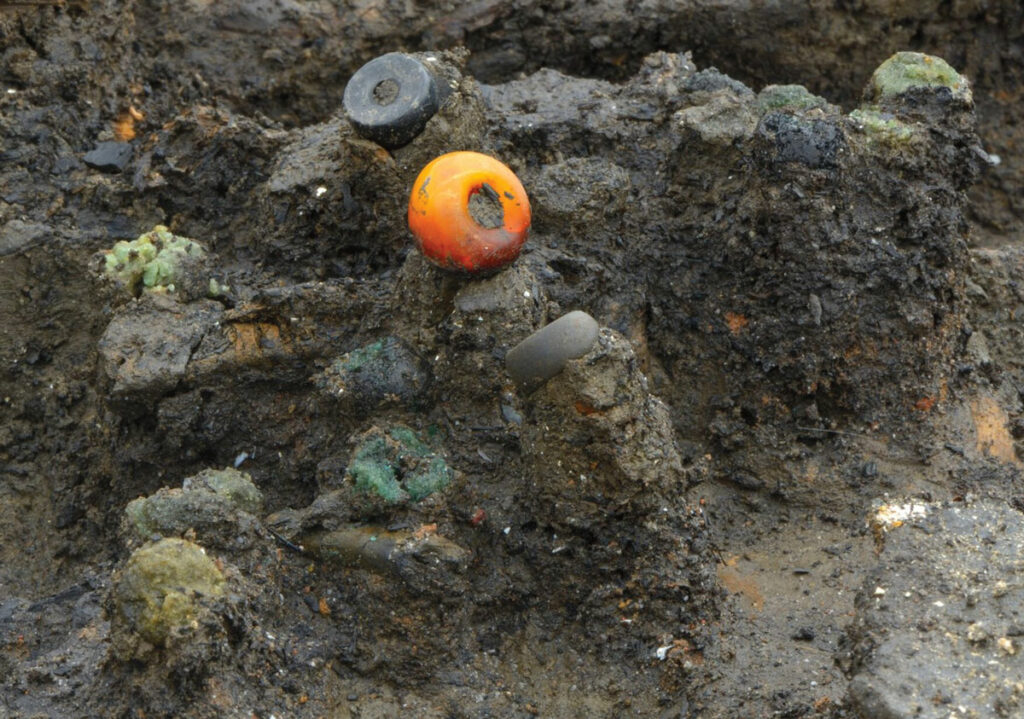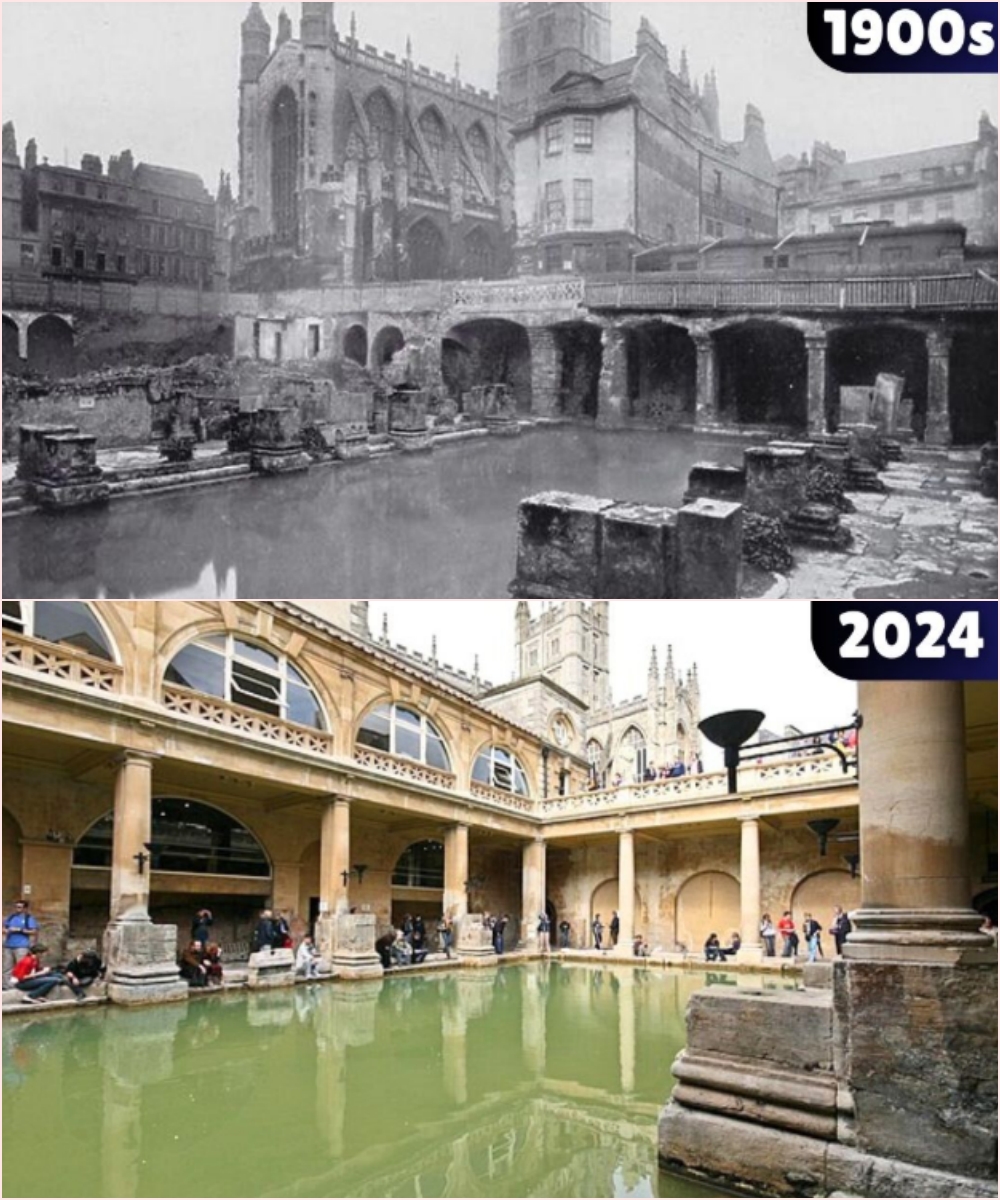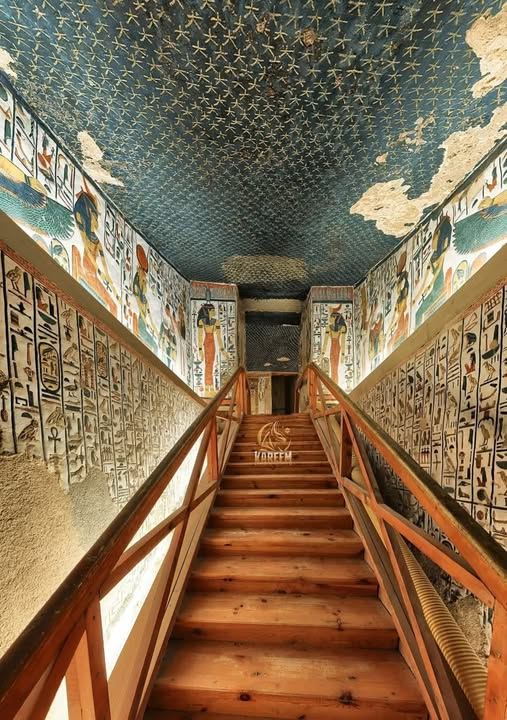Nine-Year-Old Discovers 60,000-Year-Old Neanderthal Hand Ax by Chance
A nine-year-old named Ben Witten found a shiny stone at Shoreham Beach in 2021, but a recent trip to a museum led him to discover that he’s actually had a Neanderthal hand ax on display in his bedroom for the past three years. Anine-year-old boy named Ben Witten was recently visiting Worthing Museum in southern England when he spotted something familiar sitting in a Stone Age exhibit: a prehistoric hand ax that looked remarkably similar to a rock on display in his bedroom. Witten found the stone at Shoreham Beach in 2021 and brought it home with him because it…
4 min read









